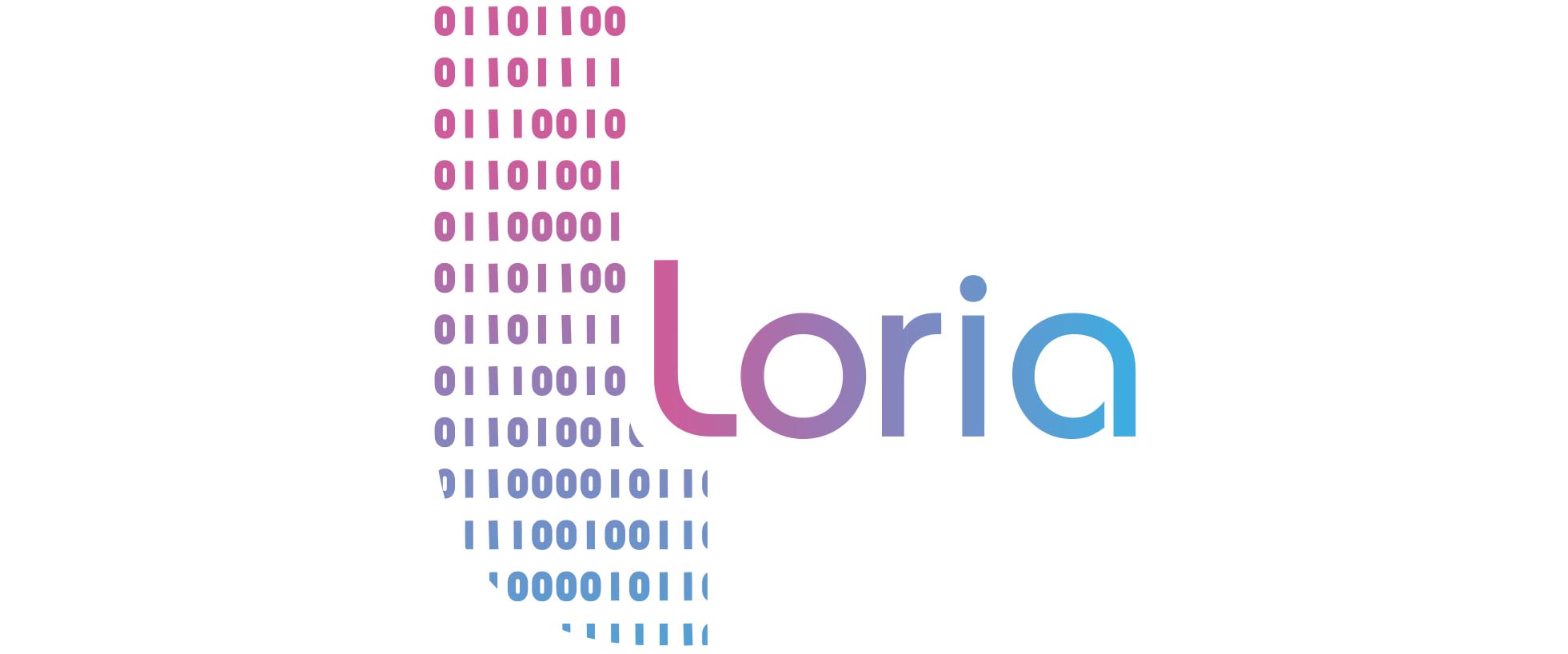Context
Significant progress has been made in the field of information technologies during the last decade. Computational power today gives the means to handle in real time high resolution 3D models representing biological tissue of interest. At the same time, new means of interfacing with computers such as haptic technology have been developed, adding the sense of touch to the experience of virtual reality. The aim of the project was to develop a cutting edge prototype of computer aided learning system for gross anatomy teaching that combines the sense of touch with three-dimensional vision. The hapto-visual application developed was based on commercially available and affordable pieces of hardware so that the solution implemented could possibly be scaled-up and used in universities. Particular emphasis has be given to reaping benefits from three-dimensional touch technology and to the development of a user-friendly interface that facilitates the immersion of the student.
Results
The result is a three-dimensional haptic enhanced model of the brachial plexus network of nerves that has been assessed by an anatomy teacher and a student. The testers agreed that the developed brachial plexus nerves model is not appropriate for initial learning but is a great supplement to textbook and lectures for revision purpose.



